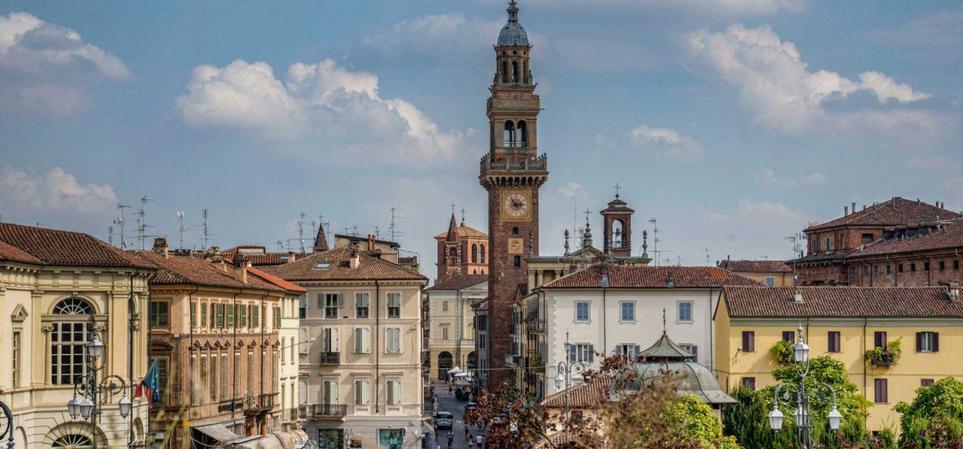Short hystoric of Casale Monferrato
On the Casale area to the right of the Po, a settlement had arisen in Ligurian or Celto-Gallic times that became a Roman municipium under the name of Vardacate. After the barbarian destructions, the name Casale di Sant'Evasio appears for the first time in a document in the capitular archives in 988, named after the Bishop of Asti who Christianised the village. Having become part of the Monferrato march under Aleramo, after Lombard domination, the village was destroyed in 1215 by the Vercellesi, with the help of the Milanese and Alessandrians.
However, the municipality resurrected shortly after the defeat; the Aleramici dynasty died out in 1305, under the Paleologi of Byzantium it became capital of the marquisate and, under the reign of William VIII, in 1474 seat of the diocese, obtaining the deserved title of city. This was the beginning of a period of great political, religious and cultural renaissance. In 1559, the Treaty of Cateau Cambresis assigned dominion to the Gonzaga of Mantua, who fortified the town.
Throughout the 17th century, Casale was subjected to Spanish and French sieges until the Peace of Utrecht in 1713, when it passed to the Savoy family and lost its role as capital. During the War of the Pragmatic Sanction for succession to the Austrian Throne, the occupation by the Gallo-Spaniards in 1745 caused serious damage to churches and convents. Soon afterwards, Casale was hit by the Baroque wind and, thanks to the efforts of the bourgeois nobility, elegant architecture was born in the churches and palaces, which is still admired today.
The French storm arrived and in the Napoleonic era, through Bonaparte's recognition, Casale had some improvements (Court, Lyceum, Barracks). With the defeat of Novara, it resisted the Austrian troops to the bitter end. In the Second War of Independence it was the fulcrum of the Franco-Piedmontese strategy. At the end of the 19th century, Casale became the 'cement capital' and in the 20th century it transformed its businesses with difficulty towards the refrigerator and printing machine sector.


